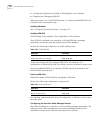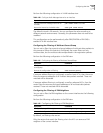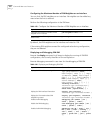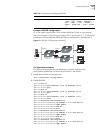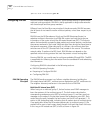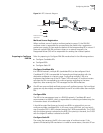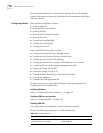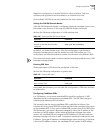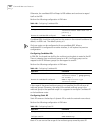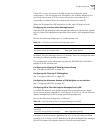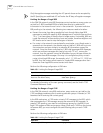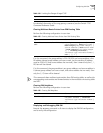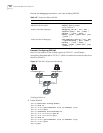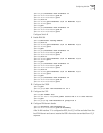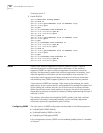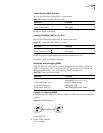
140 CHAPTER 6: MULTICAST PROTOCOL
Otherwise, the candidate BSR will keep its BSR address and continue to regard
itself as the BSR.
Perform the following configuration in PIM view.
Candidate-BSRs should be configured on the routers in the network backbone. By
default, no BSR is set. The default priority is 0.
Only one router can be configured with one candidate-BSR. When a
candidate-BSR is configured on another interface, it will replace the previous
configuration.
Configuring Candidate-RPs
In PIM-SM, the shared tree built by the multicast routing data is rooted at the RP.
There is mapping from a multicast group to an RP. A multicast group can be
mapped to an RP. Different groups can be mapped to one RP.
Perform the following configuration in PIM view.
If the range of the served multicast group is not specified, the RP will serve all
multicast groups. Otherwise, the range of the served multicast group is the
multicast group in the specified range. It is suggested to configure Candidate RP
on the backbone router.
Configuring Static RP
Static RP serves as the backup of dynamic RP to make the network more robust.
Perform the following configuration in PIM view.
Basic ACLs can control the range of the multicast group served by static RP.
Table 148 Configuring Candidate-BSRs
Operation Command
Configure a candidate-BSR c-bsr interface-type
interface-number hash-mask-len [
priority ]
Remove the candidate-BSR configured undo c-bsr
Table 149 Configuring Candidate-RPs
Operation Command
Configure a candidate-RP c-rp interface-type
interface-number [ group-policy
acl-number ]
Remove the candidate-RP configured undo c-rp interface-type
interface-number
Table 150 Configuring Static RP
Operation Command
Configure static RP static-rp rp-address [ acl-number
]
Configure static RP undo static-rp



